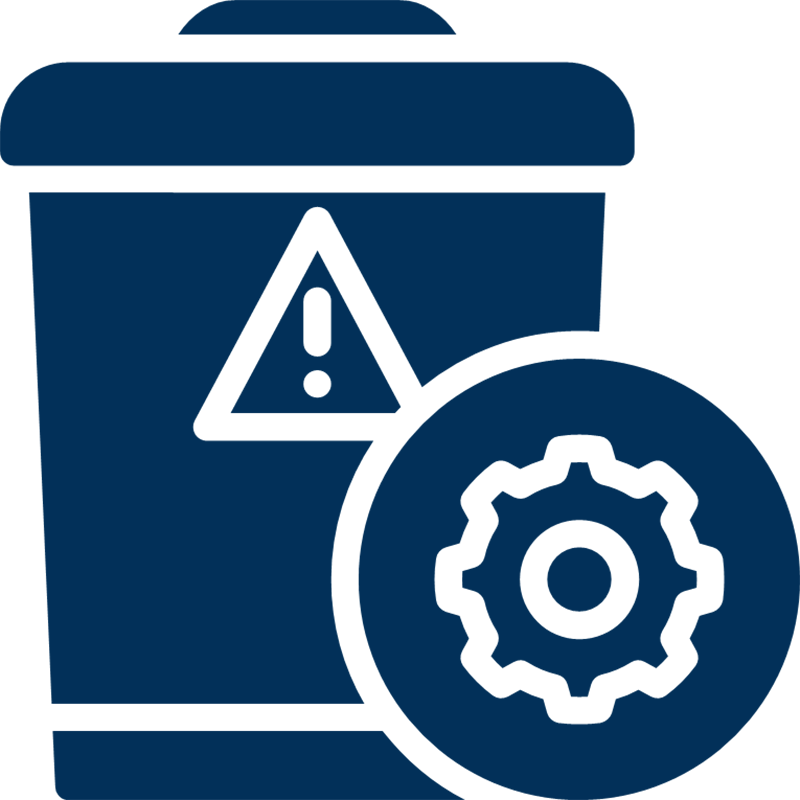
Predictive Waste Reduction
Predictive waste reduction identifies causes for production waste and prescribes focused actions that minimize rework and scrap. Predictive analytics and automated root cause analysis are employed to anticipate process failures that yield wastage. It includes four steps: monitoring current production performance, predicting excessive waste levels, analyzing the cause of waste issues, and preventing causes for waste and rework.
Cost Savings: Predictive waste reduction helps businesses identify inefficiencies and areas of waste in their processes, enabling them to implement targeted interventions to reduce waste and lower costs associated with material loss and disposal.
Operational Efficiency: By leveraging predictive models to forecast waste generation and identify root causes of waste, businesses can optimize their operations and improve resource utilization. This leads to increased productivity and operational efficiency.
Operations Managers: Operations managers rely on predictive waste reduction to streamline operations, minimize waste generation, and improve process efficiency. By identifying opportunities for waste reduction and implementing process improvements, they can achieve operational excellence and meet sustainability goals.
Sustainability Teams: Sustainability teams use predictive waste reduction to track waste metrics, set targets for waste reduction, and monitor progress towards sustainability goals. By analyzing waste data and identifying trends, they can develop strategies to minimize environmental impact and promote sustainable practices.
Predictive Analytics: Predictive analytics technologies are used to analyze historical waste data, identify trends, and develop predictive models for waste generation. These models enable businesses to forecast future waste generation and proactively implement waste reduction measures.
IoT and Sensor Technology: IoT devices and sensors are deployed to collect real-time data on waste generation, process parameters, and environmental conditions. By monitoring key metrics in real-time, businesses can identify anomalies, optimize processes, and reduce waste generation.
Waste Generation Data: Waste generation data, including production waste, material scrap, and product defects, are analyzed to identify trends and patterns. By collecting and analyzing this data, businesses can quantify waste generation, track performance metrics, and prioritize waste reduction efforts.
Process Data: Process data, such as production metrics, equipment performance, and quality control parameters, are analyzed to identify root causes of waste and inefficiencies. By integrating process data with waste generation data, businesses can identify opportunities for process optimization and waste reduction.
Data Collection Systems: Data collection systems, such as sensors, IoT devices, and production monitoring software, are deployed to collect real-time data on waste generation and process performance. These systems capture data at various stages of the production process, enabling businesses to track waste metrics and identify areas for improvement.
Analytics Tools: Predictive analytics tools, including machine learning algorithms, statistical models, and data visualization software, are deployed to analyze waste data and identify predictive patterns. These tools enable businesses to forecast waste generation, identify root causes of waste, and develop predictive models for waste reduction.




